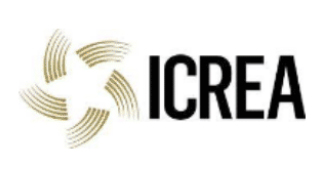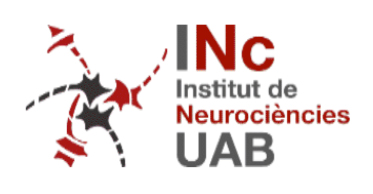bioRxiv, 2025, in press
An artefact-resilient wide bandwidth bidirectional graphene neural interface
The ability to simultaneously record and modulate neural activity is critical for next-generation bidirectional neural interfaces aiming to enable adaptive neuromodulation therapies for neurological disorders. Active graphene transistor technologies are particularly promising for neural recordings, as they extend the ability to monitor brain activity at very low frequencies and support multiplexed operation for high-density neural interfaces. However, their limited charge injection capacity makes them unsuitable for stimulation. In this work, we present a bidirectional neural interface that combines nanoporous reduced graphene oxide (rGO) microelectrodes for high charge injection focal stimulation and graphene solution-gated field-effect transistors (gSGFETs) for brain activity monitoring, exploiting the advantages of both technologies in one single device. Using scalable cleanroom microfabrication techniques, we monolithically integrate these two graphene-based technologies into fully flexible probes. We evaluate the performance of the hybrid devices both in saline and in vivo, with a particular focus on transistor performance during stimulation. Our results demonstrate that the recording capability of this bidirectional neural interface, including the monitoring of infraslow and local field potential activity, is not compromised during stimulation. This work highlights the potential of this hybrid neural interface for both basic neurophysiological and clinical translation use.








